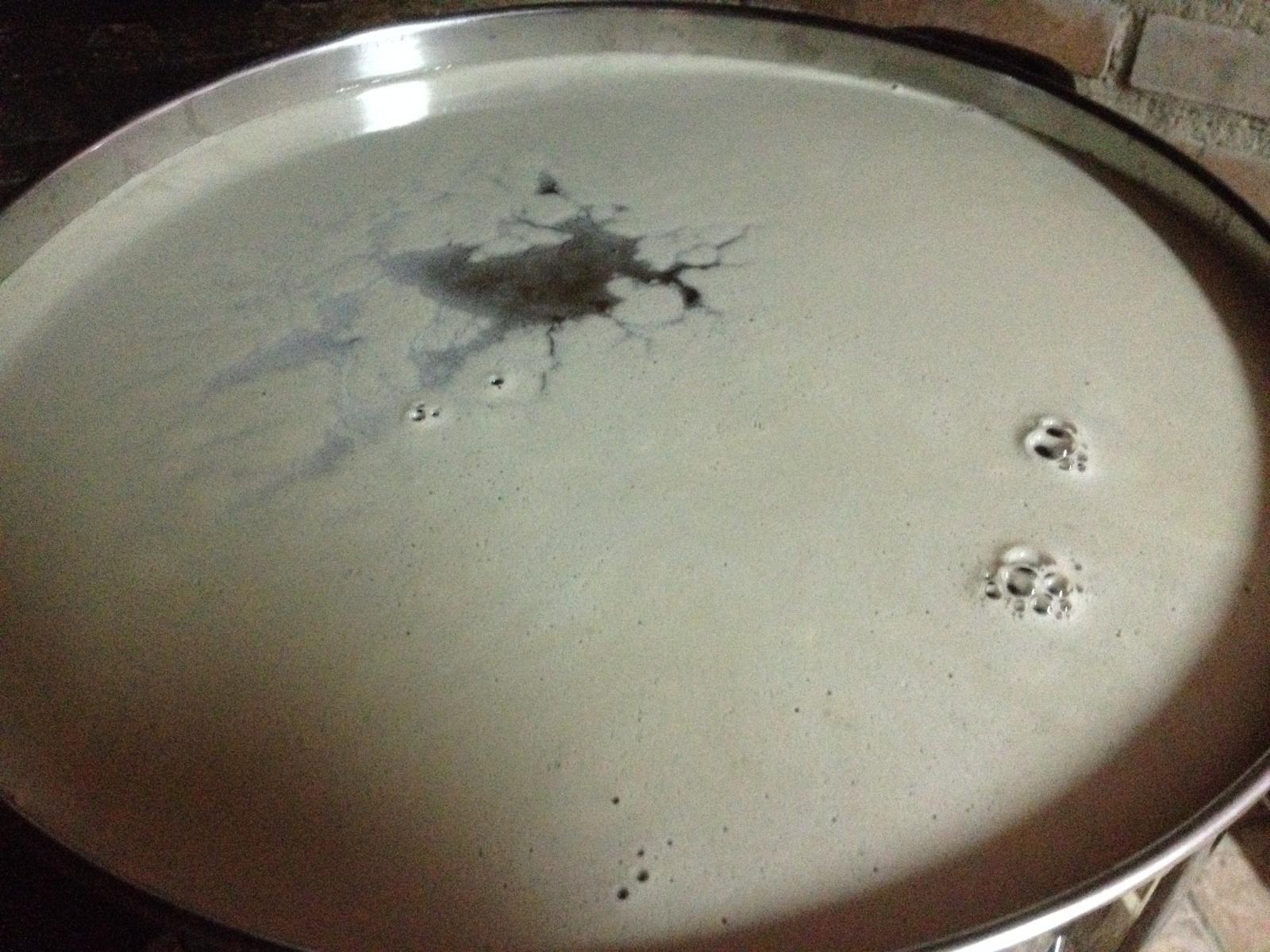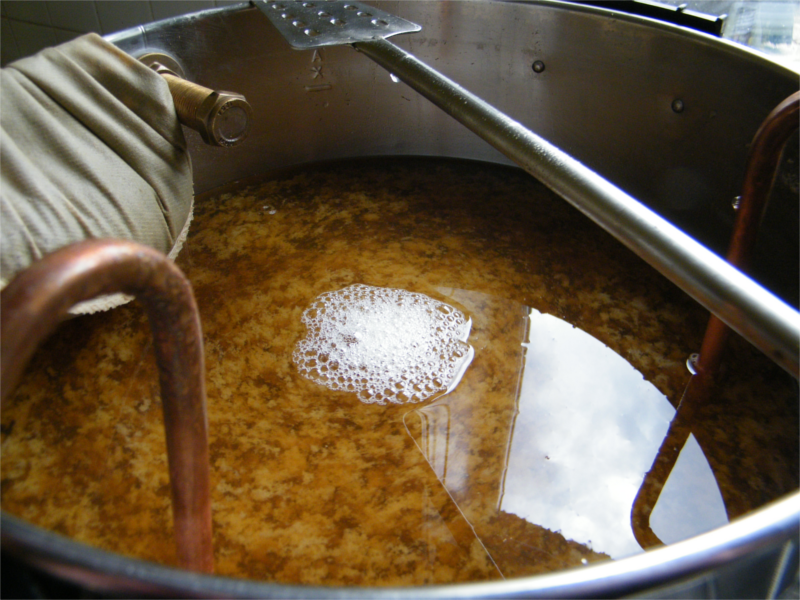My first experience of attempting a LODO.
Pre boiling water was easy. I have a 2.5Kw concealed element in the mash tun and the same in the kettle both @240V It was remarkable how quickly the temperature dropped by chilling. Followed the recommended mash schedule, 30min 61-63C, 30min 70-72C and 10 min 75C for mashout.
The additions of Sodium Metabisulphite were entirely minimal, a measly 0.35g for mash targeting 26ppm and 0.15g for sparge targeting 5ppm.
I extended my circulation pipework below the surface and there was hardly a ripple, so much so that I wondered if it was actually working. The sparge water was also piped below the surface and it was almost identical to doing a full volume mash. Wort was underlet into the kettle and all was good.
The problem that I did have and could not really surmount was circulating during cold break. I have an immersion chiller and normally I do a manual whirlpool with my paddle. Ground water is pretty cold and I can get to about 20-25 Celsius in 15-20 minutes. The problem with this though is that it creates surface tension that we are seeking to avoid. Perhaps installing an automated whirlpool and pumping the wort around the chiller would be better? Either way I don't see how breaking surface tension can be avoided. Any suggestions most appreciated.
Finally I did notice a reduced aroma. Normally when I brew a Porter its quite pungent. I thought it was simply my imagination but I asked my wife and she confirmed it. hopefully all that malty roast coffee and chocolate goodness is where it should be, in the wort. Wort is now chilling to facilitate the precipitation of hot/cold break material into trub after which it will be transferred for immediate fermentation.
I remain optimistic that little by little I can reduce the dissolved oxygen content of my beers by making some minor adjustments.
























































![Craft A Brew - Safale S-04 Dry Yeast - Fermentis - English Ale Dry Yeast - For English and American Ales and Hard Apple Ciders - Ingredients for Home Brewing - Beer Making Supplies - [1 Pack]](https://m.media-amazon.com/images/I/41fVGNh6JfL._SL500_.jpg)



